Understanding Morel Mushrooms
Morel mushrooms (Morchella species) are among the most prized edible fungi in the culinary world. With their distinctive honeycomb-like caps, nutty flavor profile, and meaty texture, these springtime delicacies command high prices and passionate devotion from chefs and food enthusiasts alike. Their unique flavor—described as earthy, nutty, and woodsy—makes them a sought-after ingredient in gourmet cooking.
However, the joy of finding or purchasing fresh morels quickly turns to disappointment if they aren't stored properly. These delicate fungi have a notably short shelf life compared to commercially grown mushrooms, making proper storage techniques essential for preserving their freshness, flavor, and nutritional value.
Whether you're a forager who's struck gold with a bountiful harvest, a home cook who splurged at the farmers' market, or a chef managing inventory, understanding how to keep morel mushrooms fresh and flavorful is crucial for maximizing your investment and culinary experience.

The Challenge of Morel Mushroom Storage
Why Morels Deteriorate Quickly
Several factors contribute to the rapid deterioration of morel mushrooms:
- High moisture content: Fresh morels contain significant moisture, making them prone to becoming slimy or moldy if not properly managed
- Delicate structure: Their honeycomb texture provides extensive surface area for moisture evaporation and bacterial growth
- Seasonal nature: Being wild mushrooms, morels haven't been bred for longevity like commercial varieties
- Harvest conditions: The way morels are harvested and handled immediately afterward significantly impacts shelf life
Signs of Spoilage to Watch For
Before discussing preservation methods, it's important to recognize when morels are past their prime:
- Sliminess: A slippery or slimy texture indicates bacterial growth has begun
- Strong odor: Fresh morels have a pleasant, earthy smell; any ammonia-like or sour odors indicate spoilage
- Excessive darkening: While morels naturally darken somewhat over time, dramatic color changes suggest decomposition
- Visible mold: White, green, or black fuzzy growth means the mushrooms should be discarded
- Soft or mushy texture: Fresh morels should maintain a firm, springy texture
Understanding these signs helps you assess the quality of morels before purchase and monitor their condition during storage.

Immediate Post-Harvest Handling
Field Care for Foragers
The preservation process begins the moment morels are harvested:
- Use breathable containers: Collect morels in mesh bags or baskets rather than plastic containers, allowing air circulation and spore dispersal
- Keep them dry: Avoid harvesting in heavy rain; brush off visible dirt rather than washing in the field
- Trim at the base: Cut morels at the stem base rather than pulling them up, which brings excess dirt
- Sort while collecting: Separate damaged or questionable specimens from prime specimens
- Handle gently: Avoid crushing or compressing the delicate structures
These initial steps set the stage for longer-term preservation by minimizing damage and contamination.
First Steps After Bringing Morels Home
Once you've brought morels home, take these immediate actions:
- Initial inspection: Sort through your haul, removing any damaged specimens
- Brief cool-down: If they're warm from being outside, allow them to cool to refrigerator temperature
- Decide on timing: Determine whether you'll use them immediately or need to store them
- Clean or not: Decide whether to clean before storage (covered in detail below)
Taking these steps promptly helps prevent quality deterioration before proper storage.
To Clean or Not to Clean Before Storage
The Cleaning Debate
Among mushroom enthusiasts, there's ongoing debate about whether to clean morels before storage:
Arguments for cleaning first:
- Removes dirt, debris, and potential insects immediately
- Reduces the possibility of contaminating other foods
- Allows for immediate use when needed
Arguments for storing uncleaned:
- Preserves natural protective qualities
- Prevents introducing excess moisture
- Saves time if you'll be using different preparation methods later
Best Cleaning Practices When Needed
If you do clean before storage:
- Dry brushing: Use a soft mushroom brush or pastry brush to remove loose dirt and debris
- Brief rinsing: If necessary, briefly rinse under cold running water
- Cold water soak: For stubborn dirt or insects, soak in cold saltwater (1 tablespoon salt per gallon) for no more than 15 minutes
- Thorough drying: Pat completely dry with paper towels or a clean kitchen towel
- Air drying: Allow to air dry on towels for 1-2 hours before storage
The key principle is minimizing moisture while removing contaminants.
Refrigerator Storage Methods
Paper Bag Method
The most widely recommended approach for short-term storage:
- Select the right bag: Use a clean, dry paper bag (brown lunch bags work well)
- Layer properly: Place a paper towel at the bottom, add a single layer of morels, then another paper towel if stacking
- Create ventilation: Fold the top loosely to allow some air circulation
- Placement in refrigerator: Store in the main compartment, not the crisper drawer (which is too humid)
- Check daily: Inspect and discard any specimens showing signs of deterioration
This method typically preserves morels for 5-7 days.
Paper Towel and Container Method
An alternative approach offering more protection:
- Line a container: Use a shallow container with a loose-fitting lid
- Create absorbent bedding: Line the bottom with paper towels
- Arrange morels: Place morels in a single layer, not touching if possible
- Cover lightly: Lay another paper towel over the top
- Ventilation: Leave the lid slightly ajar or punch small holes
This method works well for 4-6 days of storage.
Mason Jar Method
For somewhat longer refrigerator storage:
- Prepare clean, dry jars: Ensure glass jars with lids are completely dry
- Add moisture control: Place a small paper towel square at the bottom
- Arrange morels: Fill loosely without compressing
- Seal partially: Close the lid but not completely tight, allowing minimal air exchange
- Check regularly: Inspect every two days for condensation; if present, wipe dry and replace paper towel
When executed perfectly, this method can extend storage to 7-10 days.
Drying Morels for Long-Term Storage
Why Drying Works So Well
Drying is the most effective long-term preservation method for morel mushrooms:
- Concentrates flavor: Many enthusiasts prefer the intensified flavor of dried morels
- Extends shelf life: Properly dried morels can last 6-12 months
- Preserves nutrients: Many of the nutritional benefits remain intact
- Reduces storage space: Dried morels occupy a fraction of their fresh volume
Food Dehydrator Method
The most reliable approach for consistent results:
- Preparation: Clean morels thoroughly and slice lengthwise
- Arrange on trays: Place on dehydrator trays with space between pieces
- Temperature setting: Set to 125°F (52°C) for optimal results
- Timing: Dry for 8-10 hours until completely crisp and brittle
- Cooling period: Allow to cool completely before storage
Oven-Drying Technique
For those without a dehydrator:
- Oven preparation: Preheat to lowest setting, ideally 140°F (60°C) or lower
- Mushroom arrangement: Place cleaned, sliced morels on parchment-lined baking sheets
- Door positioning: Keep the oven door slightly ajar to allow moisture to escape
- Check frequently: Monitor progress to prevent scorching
- Timing variation: Typically requires 6-8 hours depending on oven quirks
Air-Drying in the Right Conditions
The traditional method, requiring specific environmental conditions:
- Ideal environment: Works best in low humidity (below 60%) with good air circulation
- Stringing technique: Thread cleaned morels on unwaxed dental floss or cooking twine, leaving space between
- Hanging location: Suspend in a cool, dry, well-ventilated area away from direct sunlight
- Protection: Cover with a paper bag with holes to keep dust off while allowing airflow
- Patience required: May take 2-4 days depending on conditions
Proper Storage of Dried Morels
Once completely dried:
- Cooling period: Allow to cool completely to prevent condensation in storage containers
- Container selection: Use airtight glass jars or vacuum-sealed bags
- Oxygen absorbers: Add oxygen absorber packets for extended storage
- Labeling: Mark with date and any special notes
- Storage location: Keep in a cool, dark place like a pantry
Properly dried and stored morels can retain their flavor and quality for 6-12 months.

Freezing Methods for Morel Preservation
Pre-Freezing Considerations
While not ideal for maintaining texture, freezing is convenient for many home cooks:
- Best used for cooking: Frozen morels work best in cooked applications rather than as fresh-like preparations
- Cooking before freezing: The most recommended approach is to cook morels before freezing
- Raw freezing limitations: Raw freezing tends to produce mushier results upon thawing
Blanching Method
A quick cooking approach that helps preserve color and flavor:
- Preparation: Clean and slice morels lengthwise
- Water preparation: Bring lightly salted water to a rolling boil
- Brief cooking: Blanch morels for 1-2 minutes
- Immediate cooling: Transfer to an ice bath to stop cooking
- Thorough draining: Pat completely dry before freezing
Sauté and Freeze Method
The best method for preserving flavor:
- Pan preparation: Heat a dry pan to medium-high heat
- Dry sauté: Cook clean, sliced morels until they release their moisture
- Fat addition: Add a small amount of butter or oil and continue cooking briefly
- Cooling period: Spread on a plate or baking sheet to cool completely
- Freezing technique: Freeze initially on a tray before transferring to containers
Proper Packaging for Freezing
Regardless of pre-freezing preparation:
- Portion appropriately: Freeze in amounts you'll use at one time
- Container options: Use freezer-safe containers or heavy-duty freezer bags
- Air removal: Remove as much air as possible to prevent freezer burn
- Double wrapping: For longer storage, consider double-wrapping or vacuum sealing
- Labeling: Mark with date, quantity, and any pre-processing notes
Frozen morels generally maintain good quality for 3-6 months.
Creative Preservation Methods
Morel-Infused Butter
A delicious way to capture flavor:
- Butter preparation: Soften unsalted butter to room temperature
- Mushroom processing: Finely chop dried morels or sauté and cool fresh ones
- Flavor additions: Consider adding complementary herbs like thyme or garlic
- Thorough mixing: Incorporate mushrooms evenly throughout butter
- Storage options: Form into a log and wrap in parchment, or fill small containers
Refrigerate for up to 2 weeks or freeze for up to 3 months.
Morel Oil
Captures the essence of morels in a versatile form:
- Oil selection: Choose a neutral oil like grapeseed or light olive oil
- Morel preparation: Use thoroughly dried morels, crushed or chopped
- Infusion process: Combine in a clean jar at a ratio of 1 part morels to 4 parts oil
- Steeping time: Allow to infuse for 1-2 weeks in the refrigerator
- Straining: Filter through cheesecloth or a fine mesh strainer
Keeps for 1-2 months in the refrigerator.
Morel Salt
A gourmet seasoning that extends shelf life:
- Morel processing: Dry morels completely, then pulverize in a spice grinder
- Salt selection: Use quality sea salt or kosher salt
- Mixing ratio: Combine at a ratio of 4 parts salt to 1 part morel powder
- Drying period: Spread on a baking sheet and allow to air dry for 24 hours
- Storage: Keep in an airtight container
Lasts for up to a year when kept dry.
Rehydrating and Using Preserved Morels
Bringing Dried Morels Back to Life
Properly rehydrating dried morels maximizes their flavor and texture:
- Warm water method: Place dried morels in warm (not hot) water for 20-30 minutes
- Broth alternative: For added flavor, use vegetable or chicken broth instead of water
- Liquid management: Save the soaking liquid, which contains flavor compounds
- Straining technique: Pour through coffee filter to remove any grit
- Final inspection: Check rehydrated morels for any tough spots or debris

Working with Frozen Morels
Getting the best results from previously frozen morels:
- Thawing considerations: Thaw in the refrigerator rather than at room temperature
- Moisture management: Pat dry before using to remove excess moisture
- Cooking applications: Best used in soups, stews, sauces, and risottos
- Heat approach: Add directly to hot preparations without extensive additional cooking
- Seasoning adjustment: May need stronger seasoning than fresh morels
Cooking with Preserved Morels
Adapting recipes for different preservation methods:
- Dried morels: Offer concentrated flavor; use about 1/3 the volume of fresh
- Frozen morels: Work best in cooked applications rather than raw
- Butter and oil infusions: Use as finishing touches to enhance flavor
- Morel salt: Use sparingly as a finishing seasoning
Maximizing Seasonal Enjoyment
Planning for Morel Season
Strategic approaches to make the most of fresh morels:
- Seasonal awareness: Mark calendars for your region's typical morel season
- Relationship building: Connect with local foragers or farmers market vendors
- Quantity planning: Decide how much to enjoy fresh versus preserve
- Preservation scheduling: Set aside time for processing during peak season
- Recipe research: Prepare a collection of recipes in advance
Balancing Fresh Use and Preservation
Guidelines for deciding what to use immediately versus save:
- Immediate use: Prioritize specimens that are perfectly mature but not overly large
- Drying candidates: Larger, more mature morels often dry better
- Freezing selection: Medium-sized, firm specimens freeze best
- Imperfect specimens: Use those with minor damage right away in cooked dishes
Common Storage Mistakes to Avoid
Critical Errors That Reduce Shelf Life
Learning from common missteps:
- Plastic bag storage: Creates condensation that accelerates spoilage
- Washing too far in advance: Introduces excess moisture
- Overcrowding: Prevents proper air circulation and creates pressure points
- Inconsistent refrigeration: Temperature fluctuations speed deterioration
- Incomplete drying: Results in moldy dried mushrooms
Contamination Concerns
Preventing health issues related to improper storage:
- Cross-contamination: Keep raw morels separated from other foods
- Surface cleanliness: Ensure all preparation surfaces are clean
- Hand washing: Practice proper hygiene when handling
- Storage container cleanliness: Use only thoroughly clean containers
- Proper cooking: Always thoroughly cook morels before consumption
Conclusion: Enjoying Morels Year-Round
With the proper knowledge of how to keep morel mushrooms fresh and flavorful, you can extend their limited seasonal availability and enjoy their distinctive qualities throughout the year. Whether you're storing them for a few days in the refrigerator, drying them for long-term preservation, freezing them for convenience, or creating infused products, these techniques help you maximize your enjoyment of these remarkable fungi.
Remember that each preservation method creates a slightly different product, with its own best uses and characteristics. By understanding these differences, you can select the right preservation approach for your culinary needs and preferences, ensuring that no precious morel goes to waste.
The effort invested in proper storage and preservation pays dividends in culinary possibilities, allowing you to experience the unique flavor of morel mushrooms long after their brief season has passed.

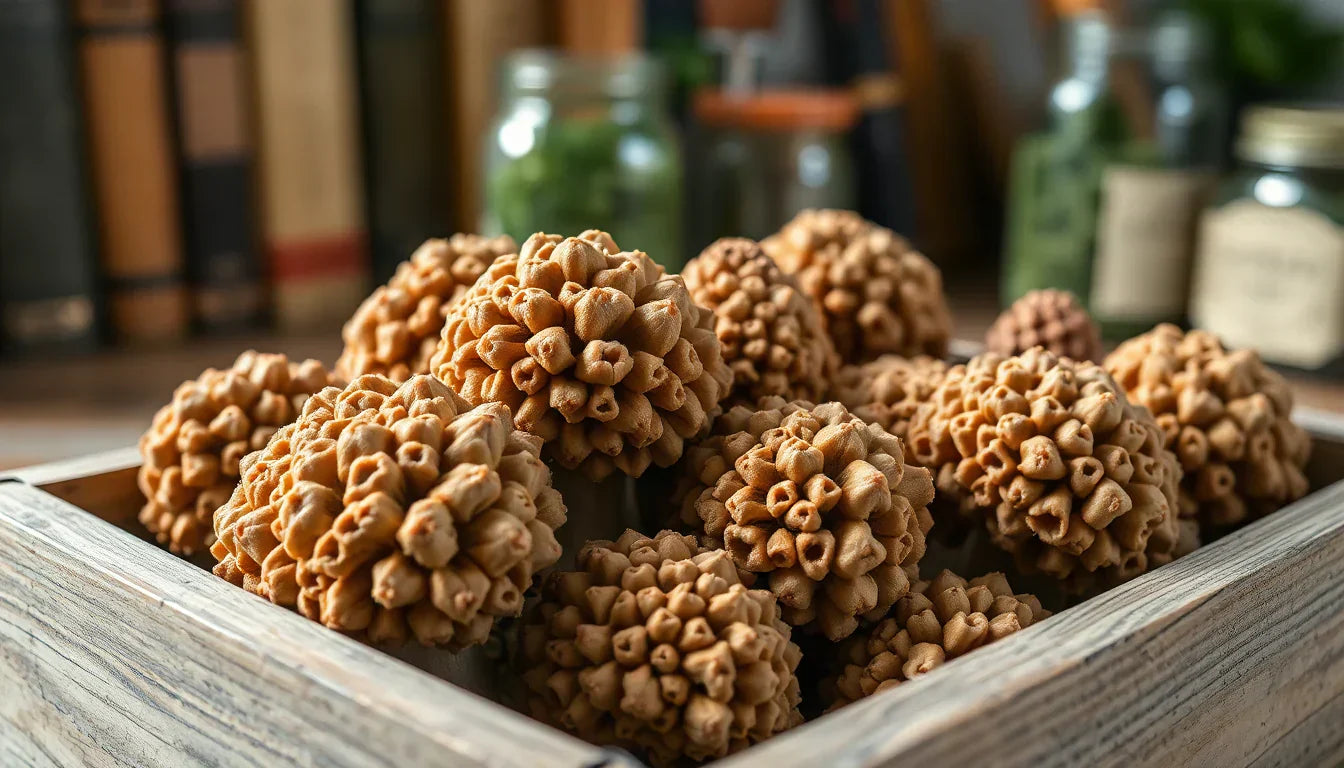
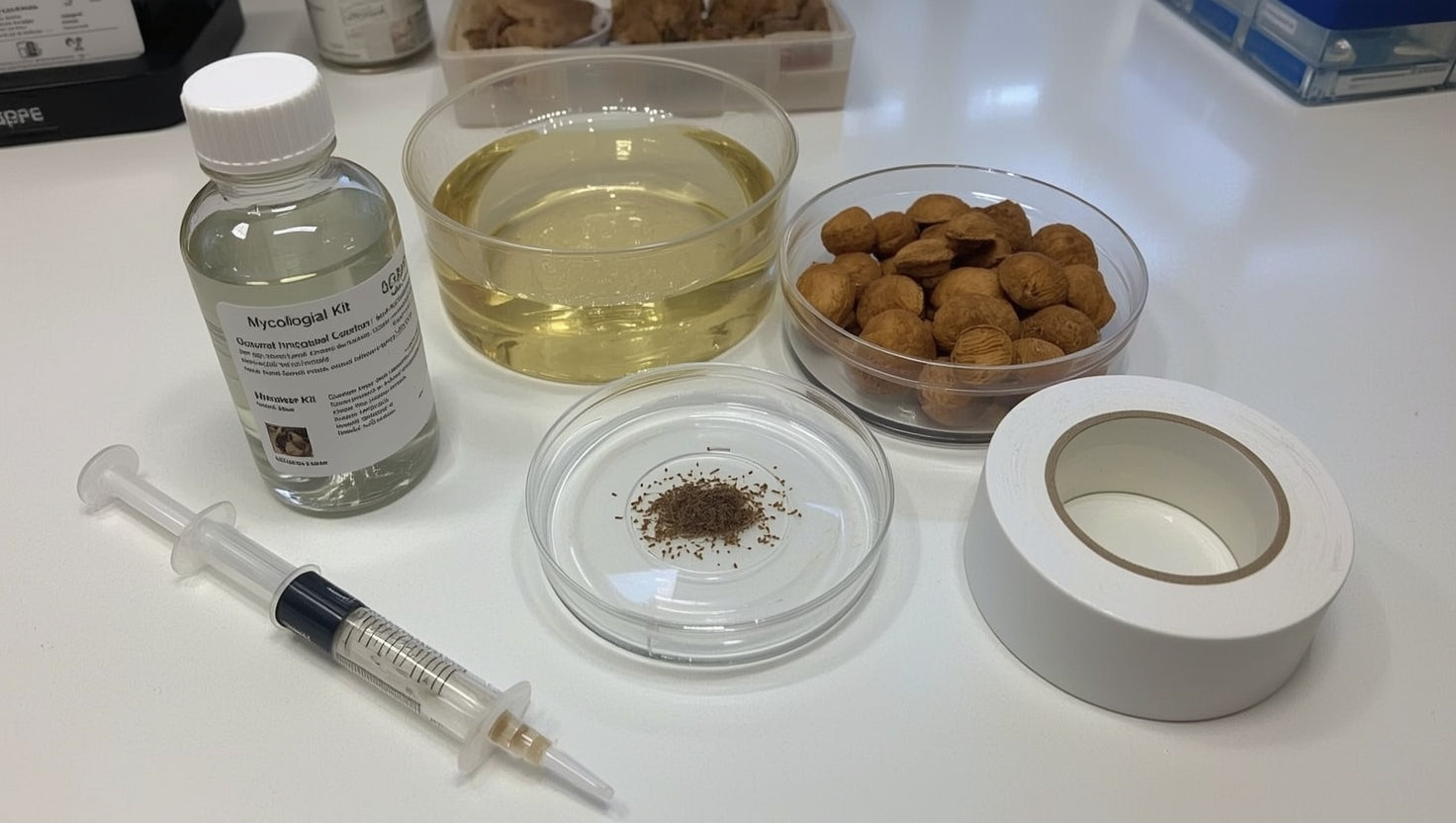
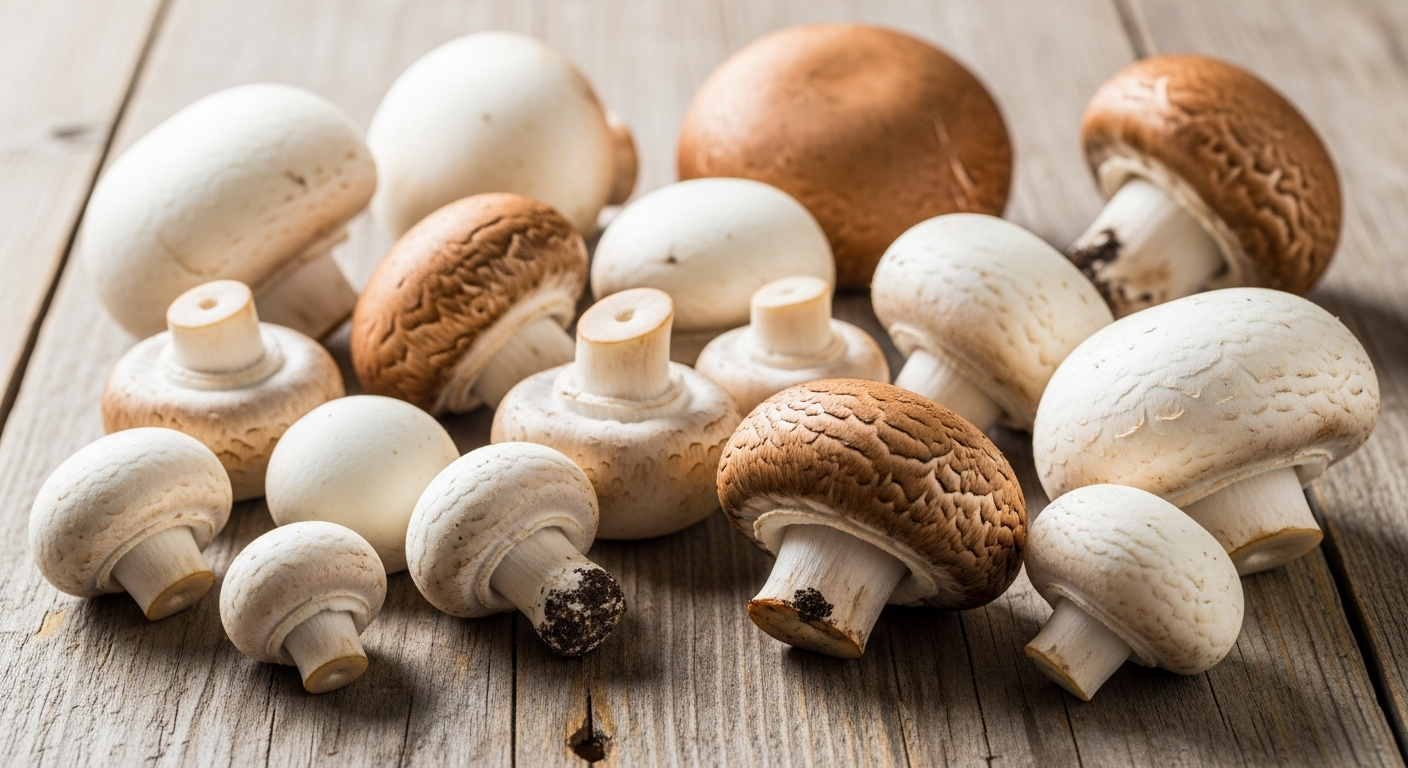
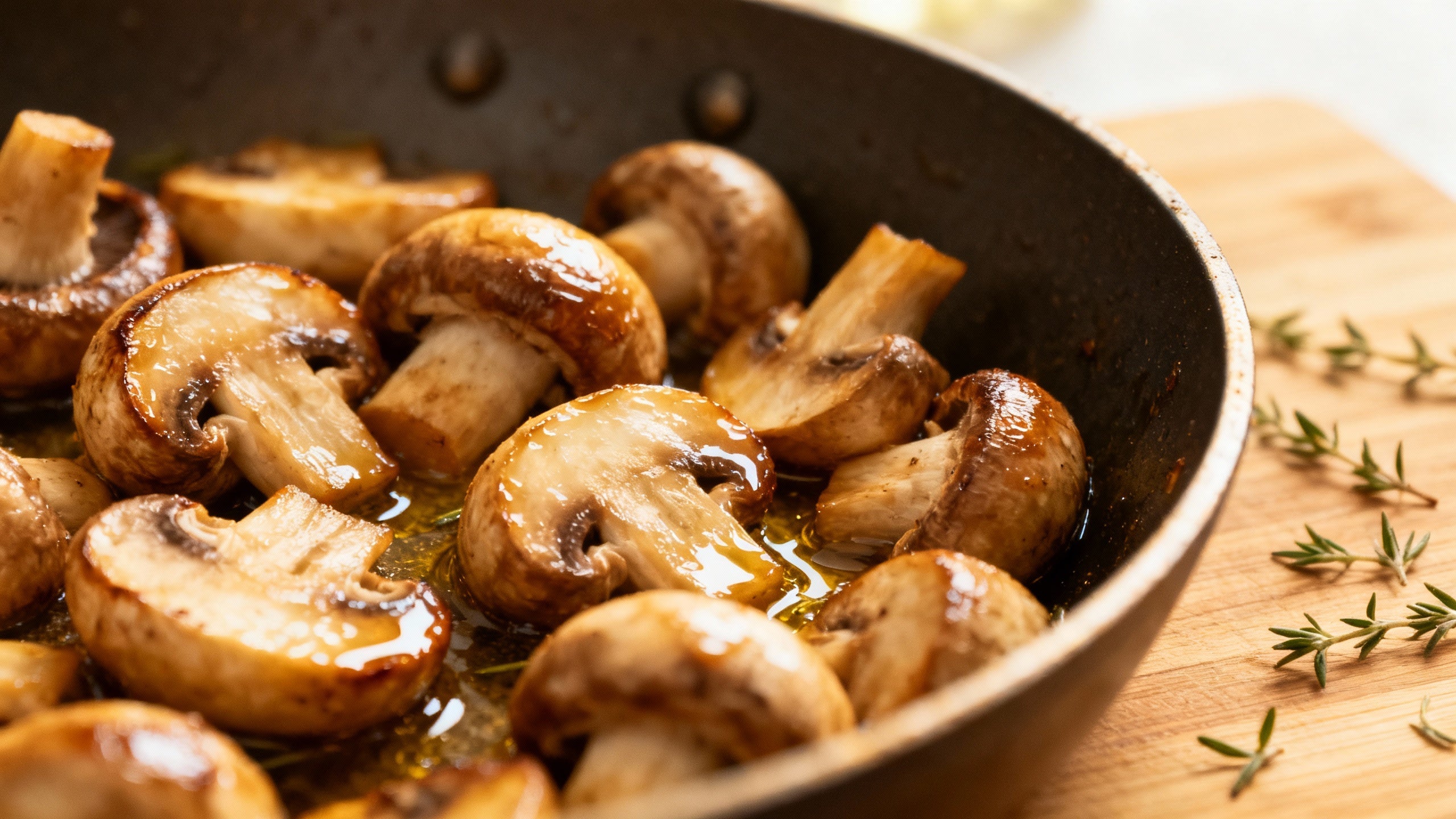
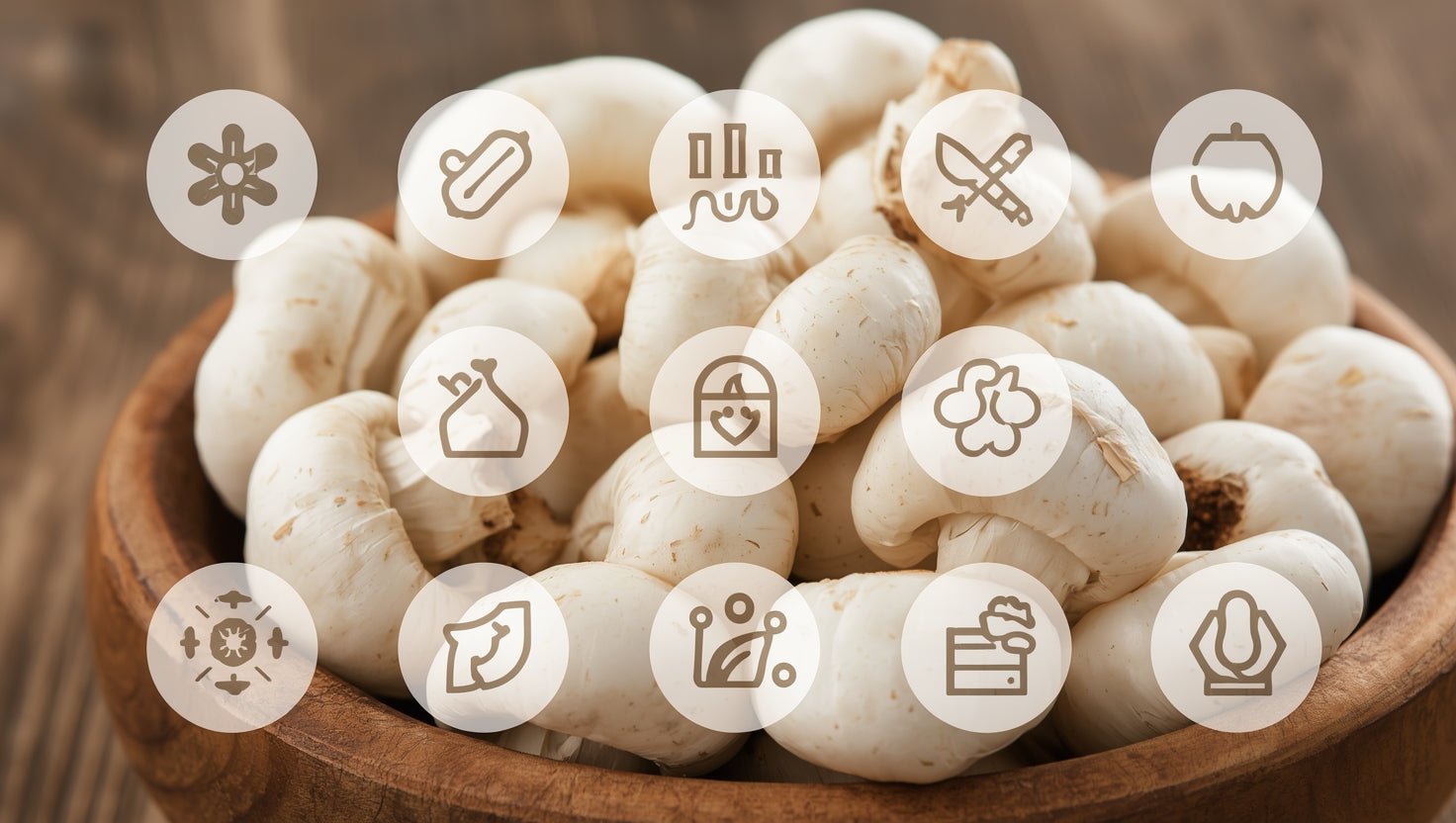
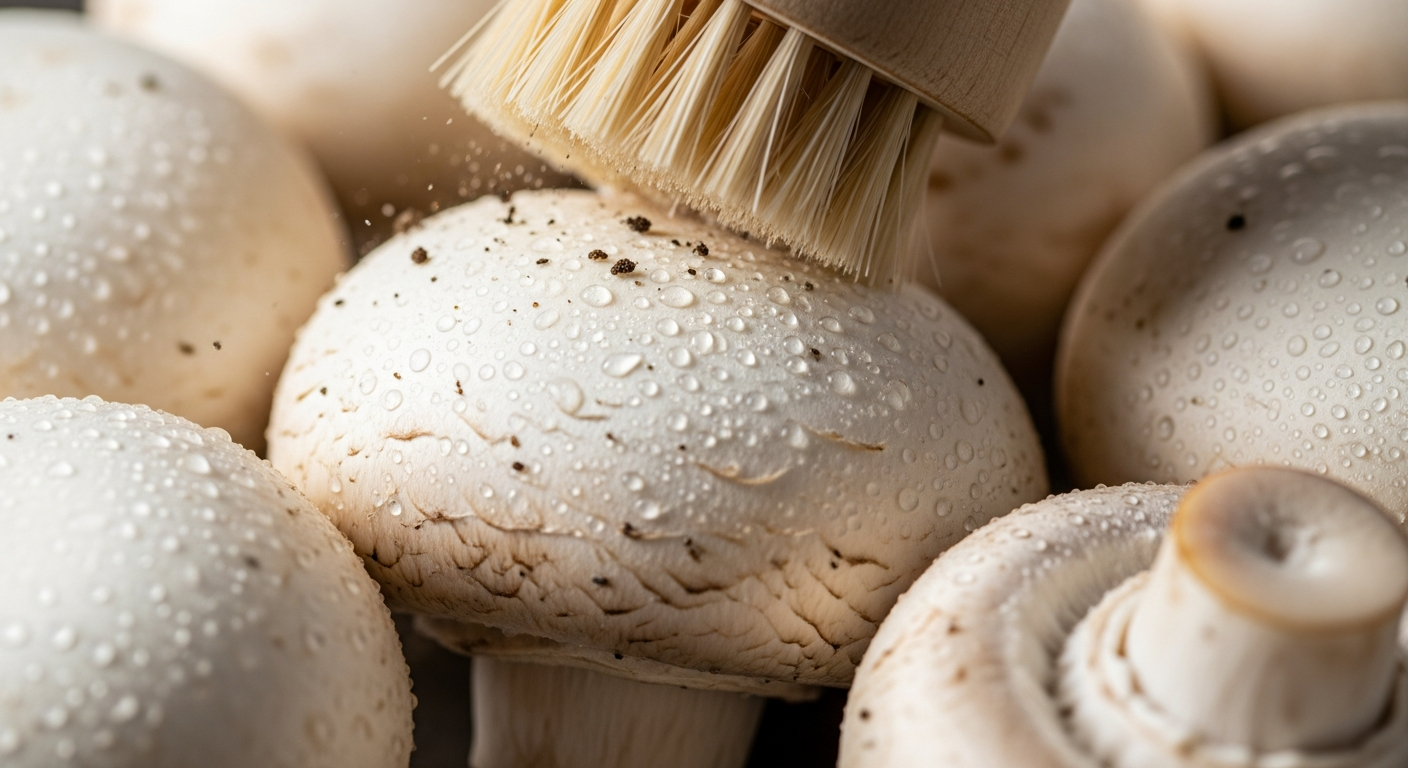
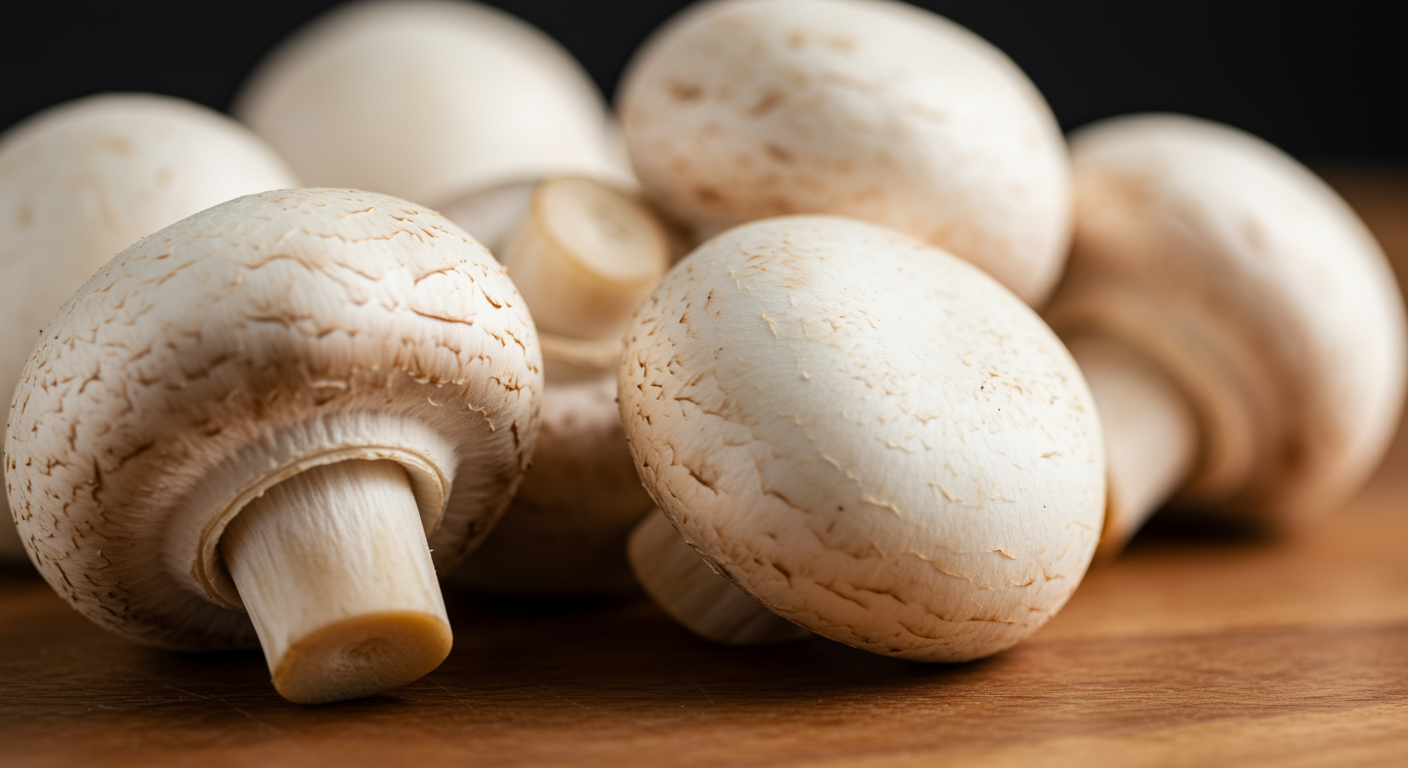
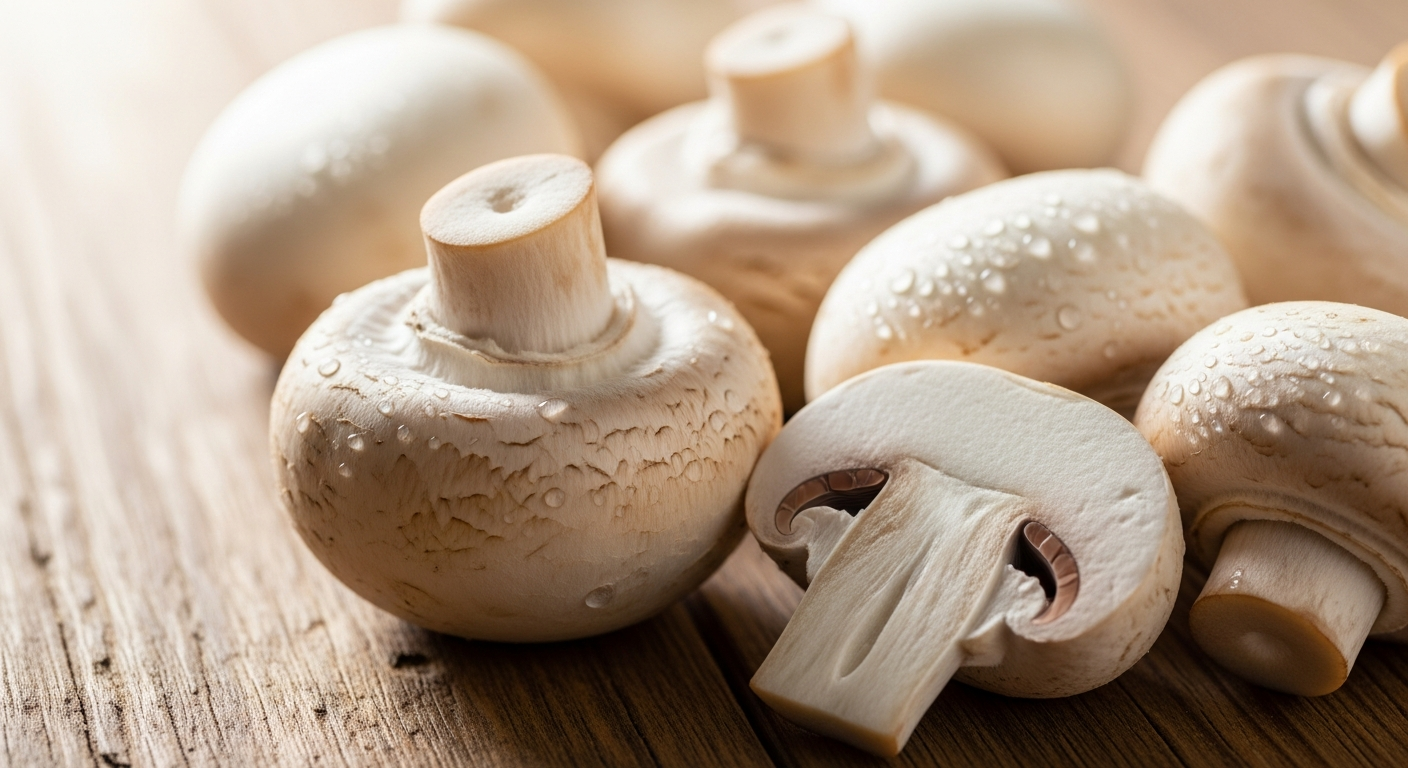
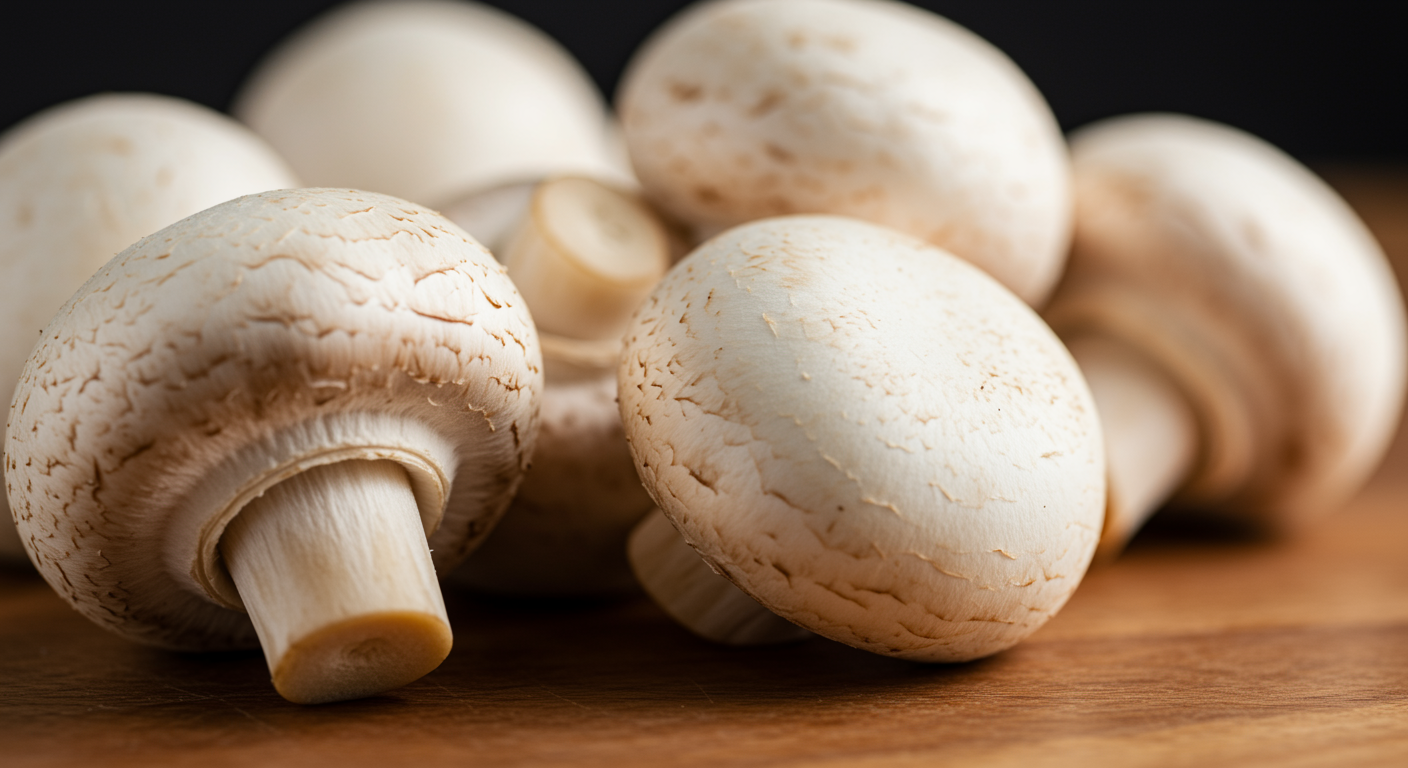
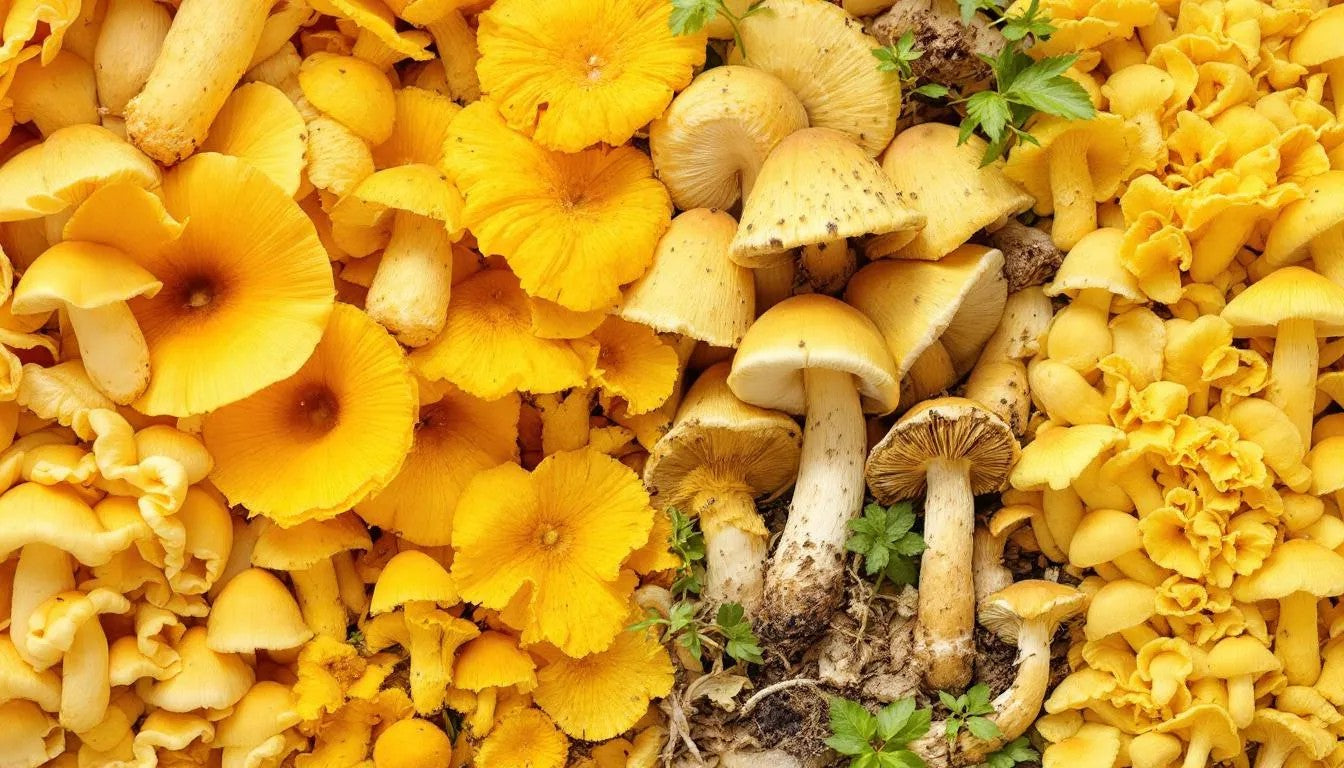

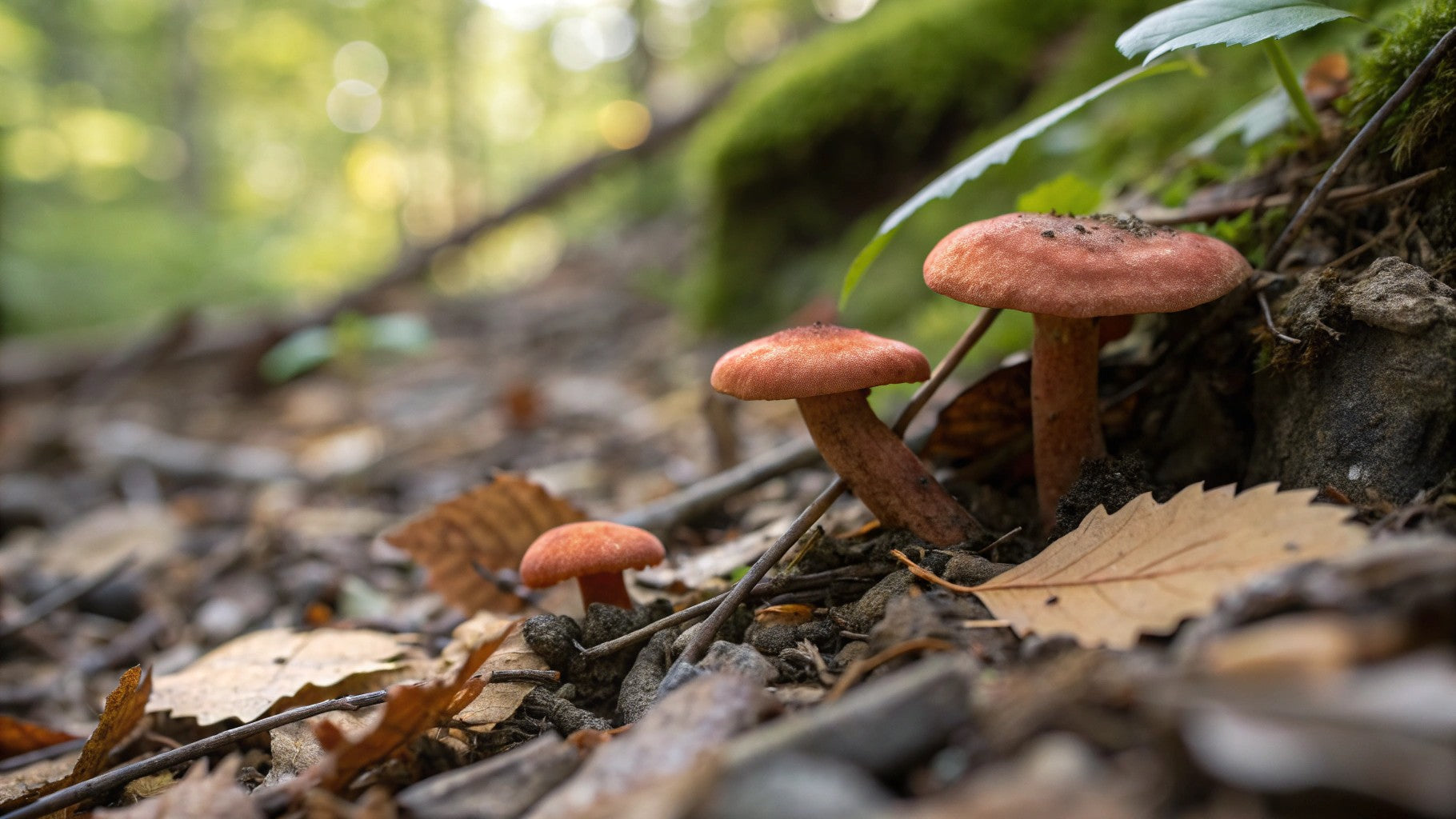
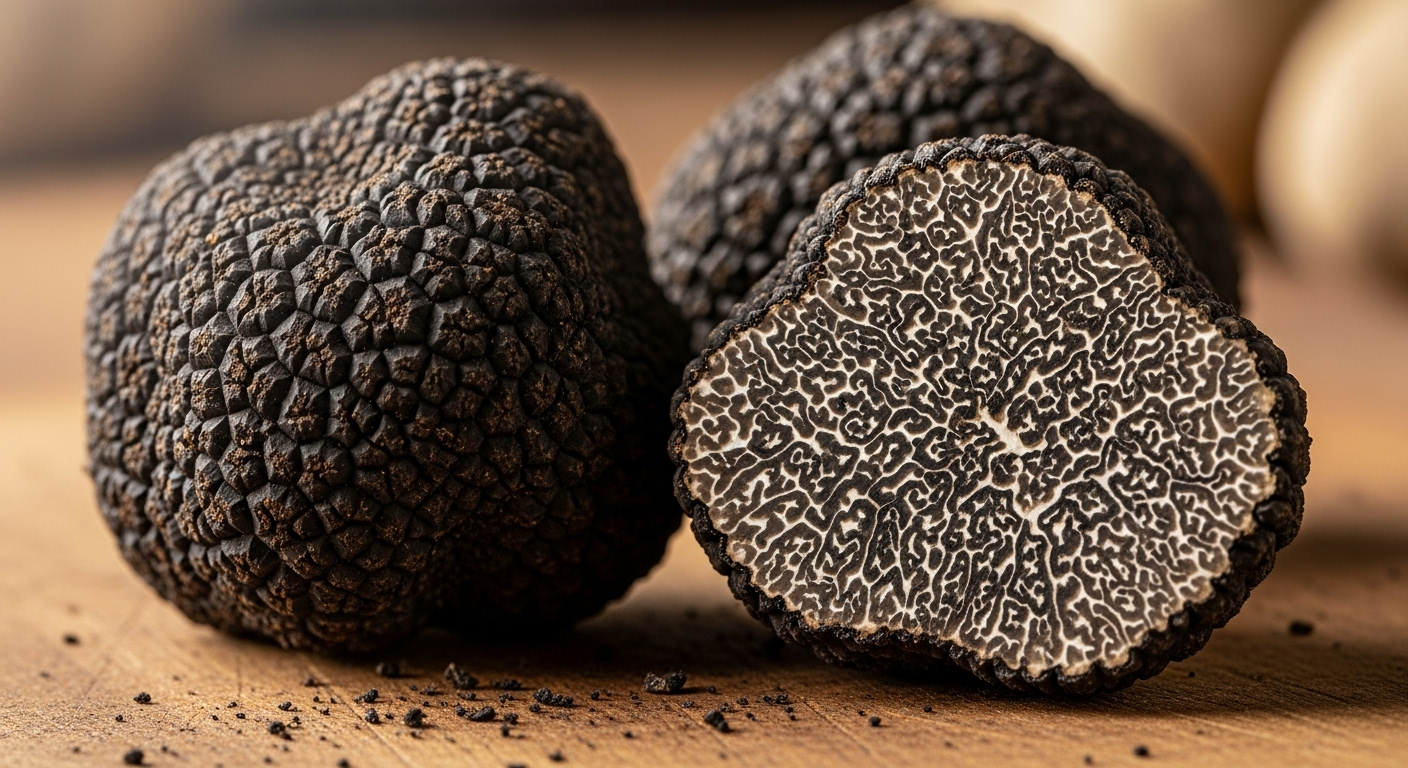
Share:
How to Dehydrate Morel Mushrooms: A Simple Guide
Morel Mushroom Nutrition: Uncovering the Health Benefits of This Gourmet Fungi